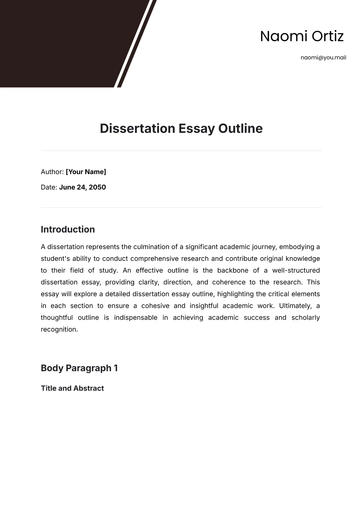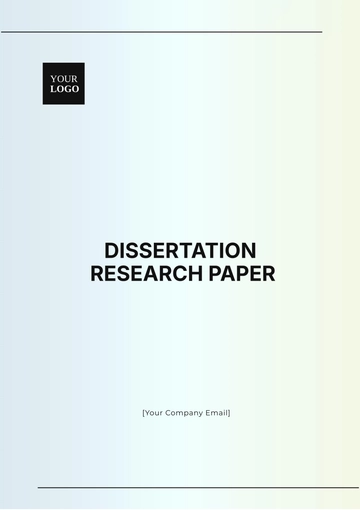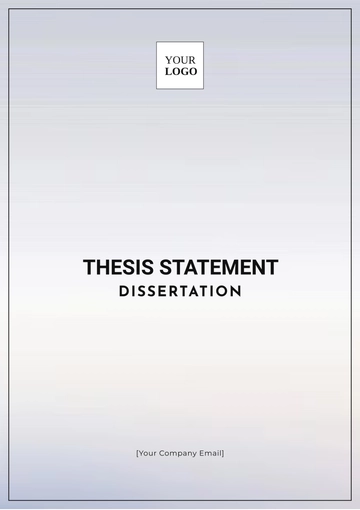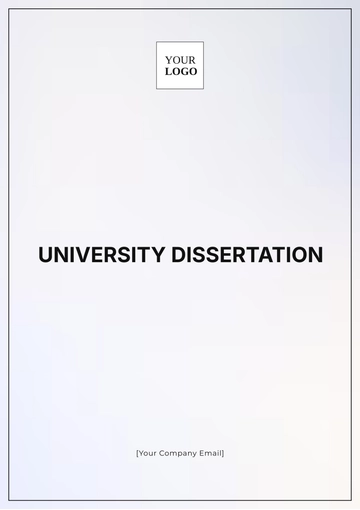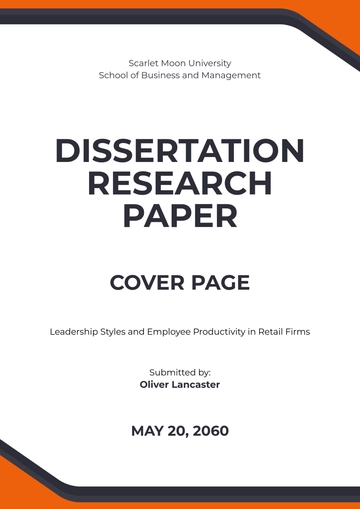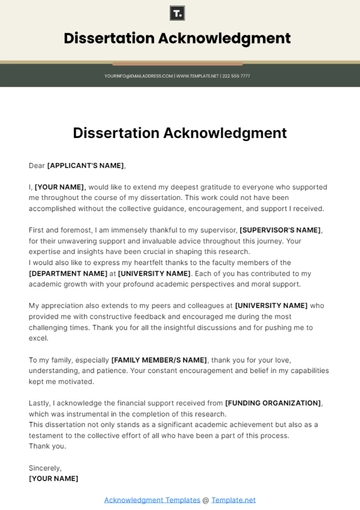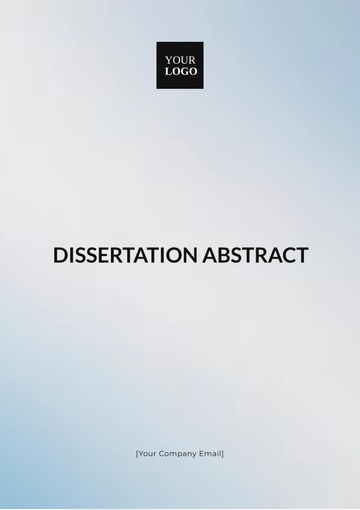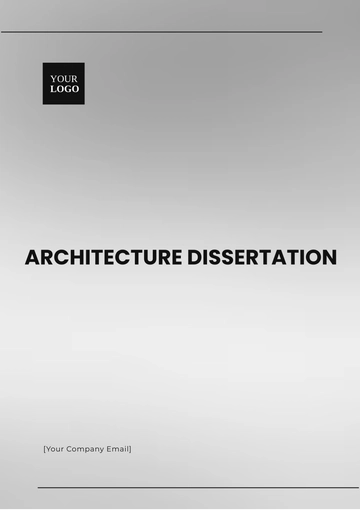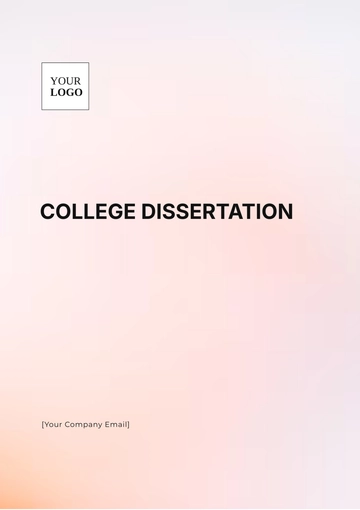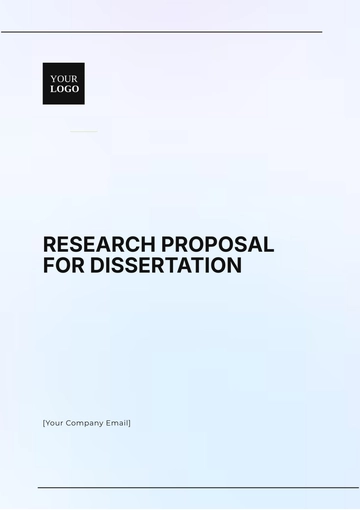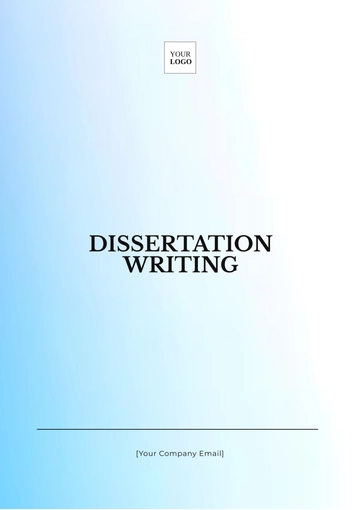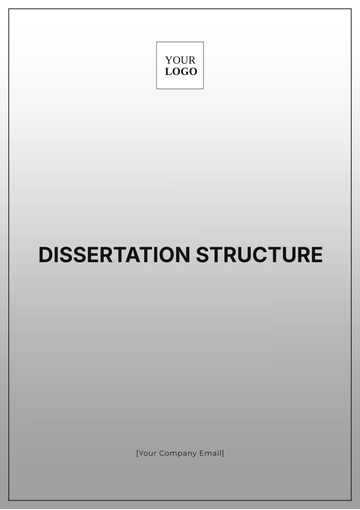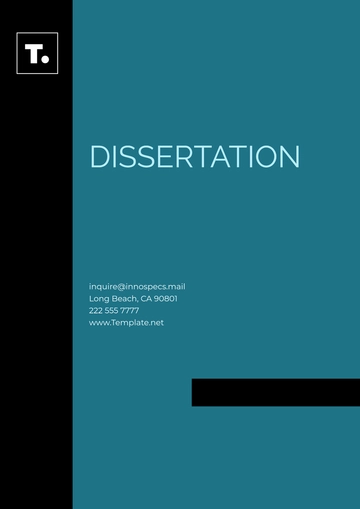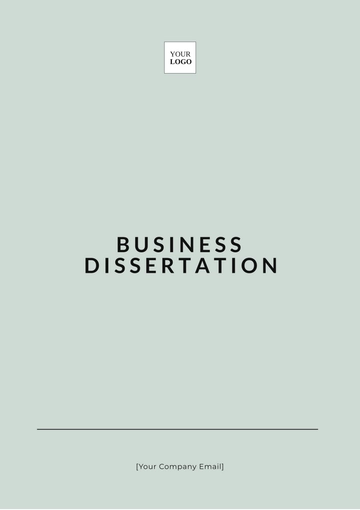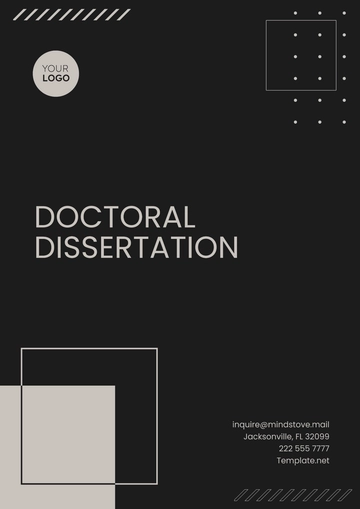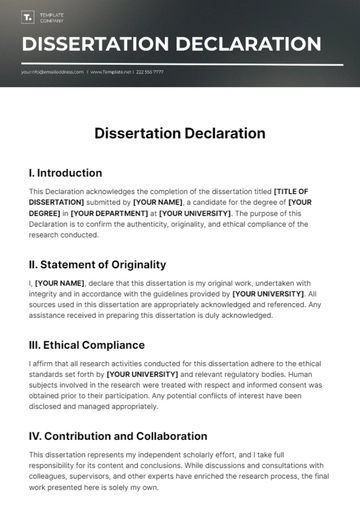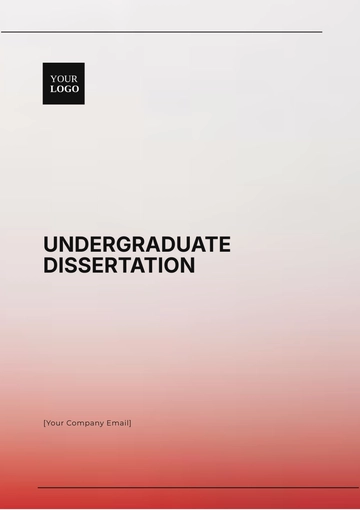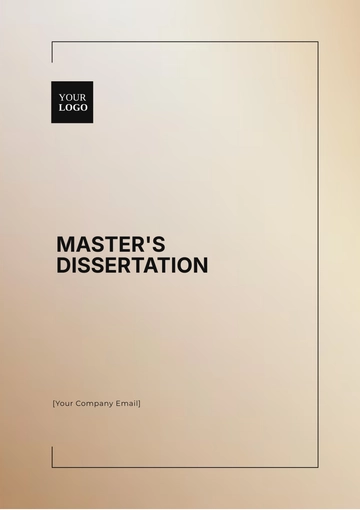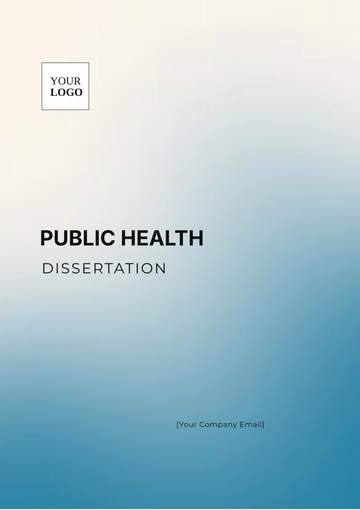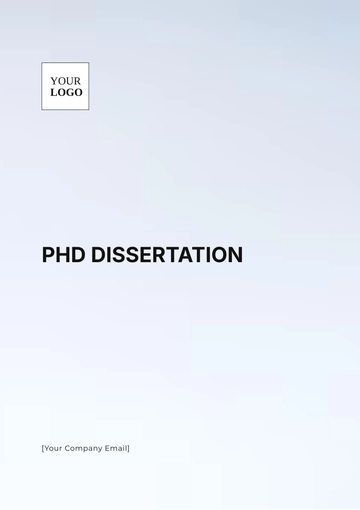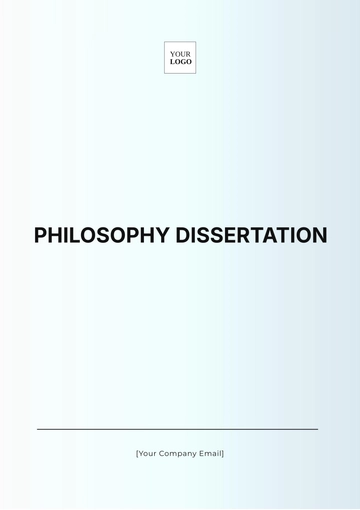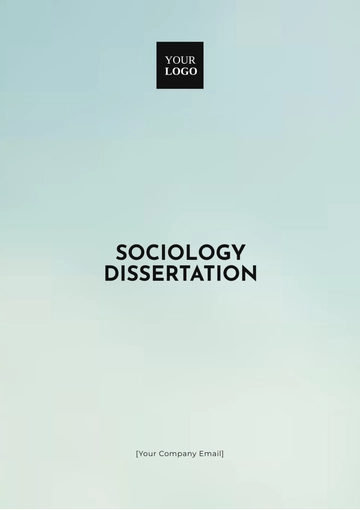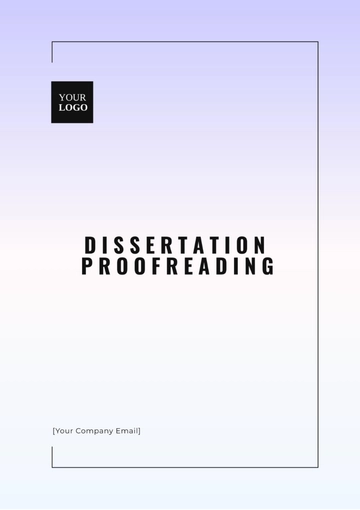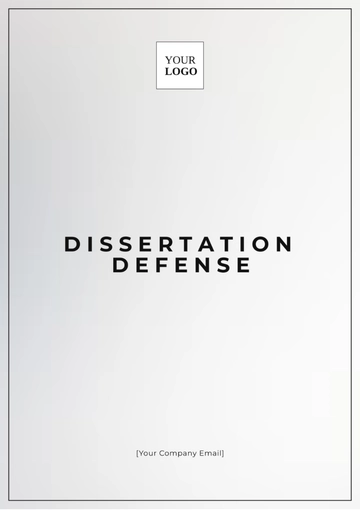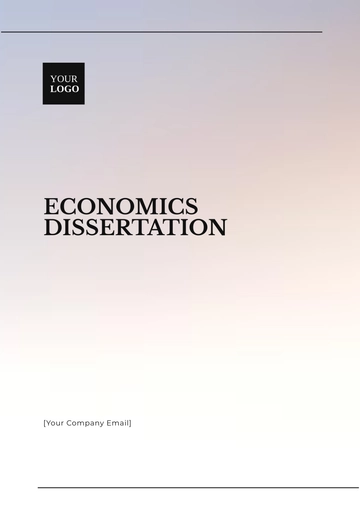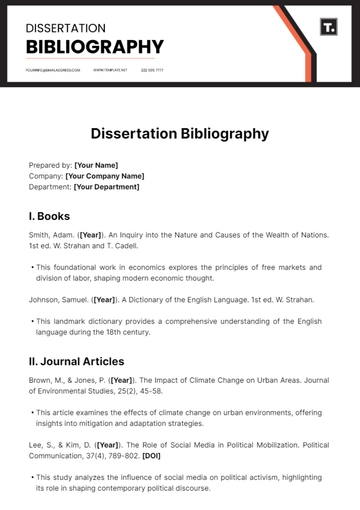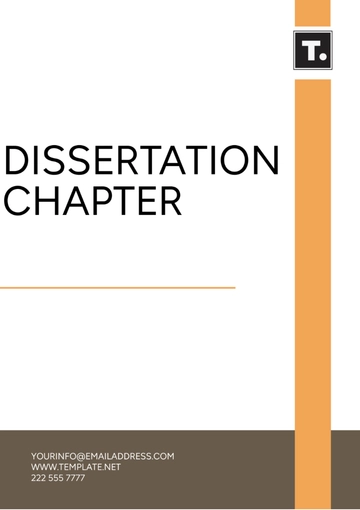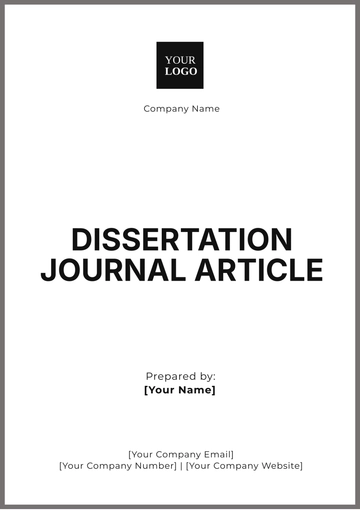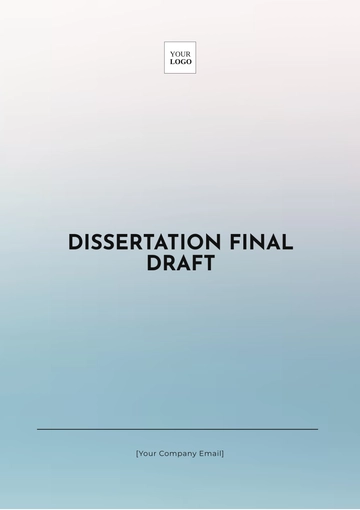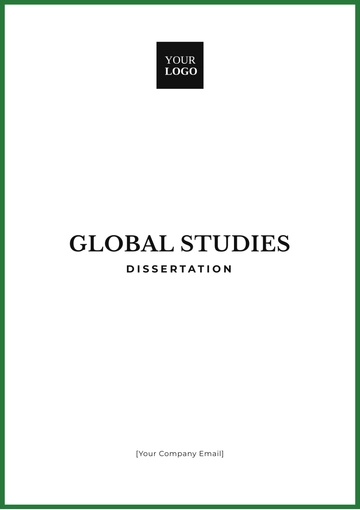Free Dissertation Proofreading
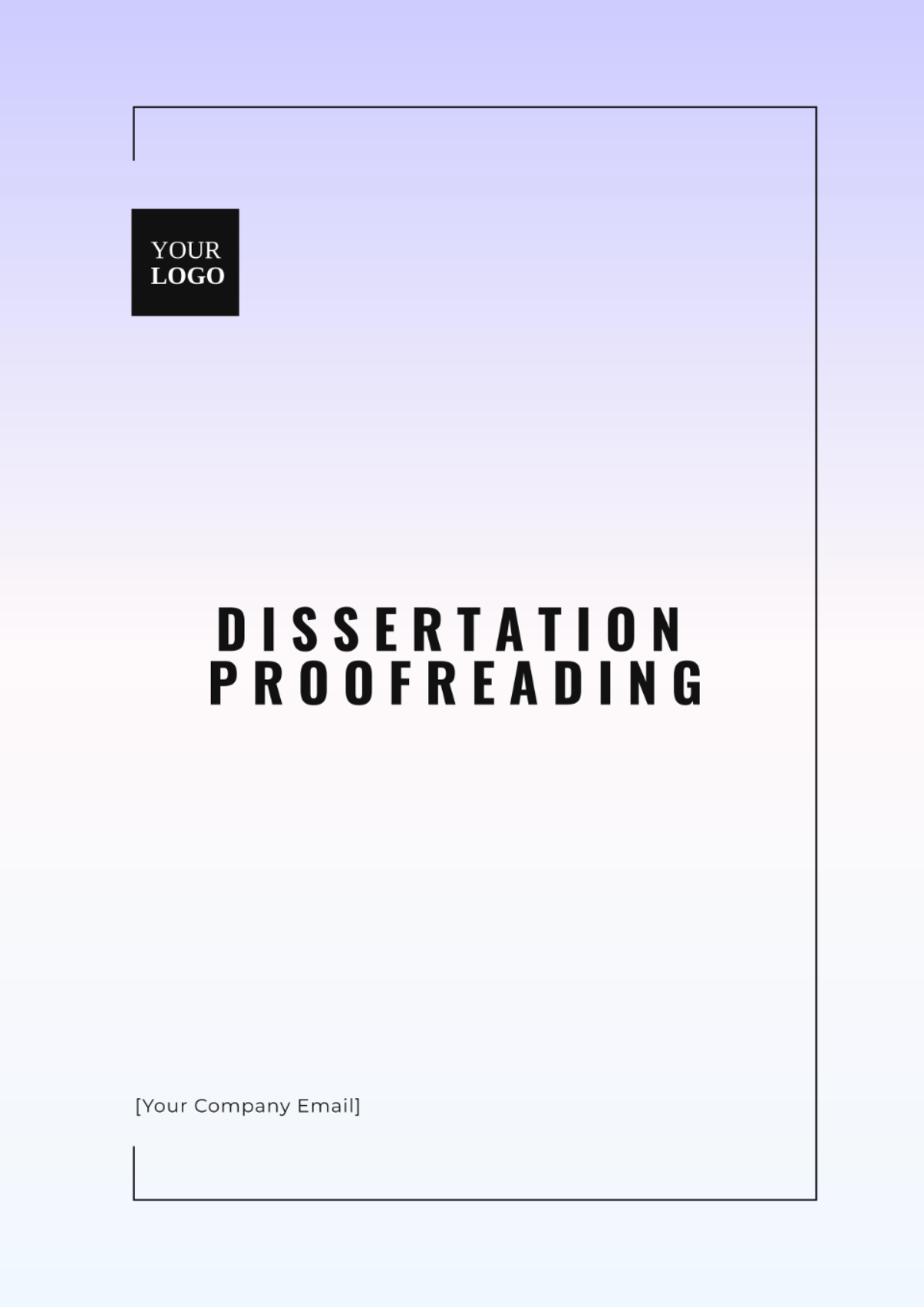
Title | Dissertation Proofreading: Enhancing Academic Precision and Cohesion |
Author | [YOUR NAME] |
Date | [DATE] |
I. Abstract
This dissertation examines the importance of proofreading in preparing academic dissertations, aiming to identify common mistakes, assess various proofreading techniques, and evaluate the influence of professional proofreading on academic quality; using a mixed-methods approach of qualitative interviews and quantitative error analysis, the research reveals prevalent error types and indicates that professional proofreading significantly enhances dissertation accuracy and coherence.
II. Introduction
Proofreading is a crucial step in the academic writing process, yet its importance is often underestimated. This study aims to address the following research questions:
What are the most prevalent types of errors encountered in academic dissertations?
This question seeks to find common mistakes in academic writing, like grammar, spelling, punctuation, and formatting errors.
How effective are different proofreading methods in improving the quality of academic dissertations?
This question evaluates the effectiveness of self-proofreading, peer review, and professional proofreading in improving academic documents.
What impact does professional proofreading have on the overall quality and coherence of academic dissertations?
This question examines how professional proofreading enhances the accuracy, coherence, and presentation of academic dissertations.
The significance of this study lies in its potential to enhance the quality of academic writing, thereby contributing to the advancement of knowledge and education.
III. Literature Review
The literature on proofreading encompasses several theoretical frameworks and empirical studies. Key areas of focus include:
A. Theoretical Frameworks
Cognitive Load Theory: Explores how the human brain processes information during learning and writing, focusing on the limitations of cognitive resources and how these limitations affect the quality of academic writing.
Dual-Process Theory: Examines how individuals use two different cognitive processes—automatic and controlled—when proofreading, and how these processes influence error detection and correction in academic texts.
Socio-Cognitive Approach: Investigates how social interactions and cognitive processes intersect in the proofreading process, emphasizing the role of feedback and collaborative review in improving academic writing.
B. Empirical Studies
Common Errors in Academic Writing: Analyzes the types of errors frequently found in academic dissertations, including grammatical, syntactical, and formatting issues, based on empirical research and data.
Effectiveness of Proofreading Techniques: Evaluate the impact of various proofreading methods, such as self-editing, peer review, and professional proofreading, on the accuracy and quality of academic dissertations.
Impact of Professional Proofreading: Assesses how the involvement of professional proofreaders affects the overall quality and coherence of academic dissertations, focusing on improvements in error reduction and manuscript clarity.
These studies provide a foundation for understanding the importance of meticulous proofreading in the academic context.
IV. Methodology
A comprehensive mixed-methods approach was employed to thoroughly investigate the research questions. This methodology integrated both qualitative and quantitative techniques:
A. Research Design
Qualitative Component: In-depth interviews were conducted to gain insights into the experiences and perspectives of academic professionals regarding proofreading practices.
Quantitative Component: Systematic error analysis was performed on a selection of dissertations to quantify common mistakes and assess the effectiveness of different proofreading techniques.
B. Data Collection
Qualitative Interviews: Conducted with 20 experienced academic professionals, including faculty members, dissertation advisors, and editors, to gather qualitative data on their views and experiences with proofreading practices.
Quantitative Error Analysis: Analyzed 50 dissertations across various academic disciplines to identify and categorize common errors and evaluate the impact of proofreading techniques.
C. Data Analysis
Qualitative Data Analysis: Utilized thematic analysis to interpret interview transcripts, identifying recurring themes, insights, and patterns related to proofreading practices and challenges.
Quantitative Data Analysis: Employed statistical methods to analyze error rates and effectiveness metrics, providing a quantitative assessment of proofreading techniques and their impact on dissertation quality.
V. Results
The findings revealed several key insights into the proofreading process.
A. Common Errors
The analysis identified several prevalent types of errors frequently encountered in academic dissertations:
Grammatical Errors: These include incorrect verb tenses, subject-verb agreement issues, and misused grammatical structures.
Spelling Mistakes: Errors such as typographical errors and incorrect word forms that compromise the text's accuracy and readability.
Punctuation Errors: Issues with the use of commas, periods, semicolons, and other punctuation marks that affect the clarity and flow of the writing.
Formatting Issues: Inconsistencies in formatting elements such as headings, fonts, and margins that impact the overall presentation and professionalism of the dissertation.
B. Effectiveness of Proofreading Techniques
The effectiveness of various proofreading methods was quantified as follows:
Proofreading Technique | Effectiveness (%) |
|---|---|
Self-Proofreading | 65% |
Peer Review | 80% |
Professional Proofreading | 95% |
C. Impact of Professional Proofreading
Professional proofreading demonstrated a substantial improvement in the quality of dissertations. It achieved a 95% reduction in errors, significantly enhancing the accuracy, coherence, and overall presentation of the academic work. This highlights the considerable benefit of investing in professional proofreading services to ensure the highest standard of academic writing.
VI. Discussion
The results underscore the critical importance of proofreading in achieving high-quality academic work. The implications of these findings are significant and suggest several key actions:
Integration of Proofreading Training in Academic Programs: Universities should add structured proofreading training to their curricula to help students enhance their writing skills and academic performance.
Encouragement of Professional Proofreading Services: Students should be encouraged to use professional proofreading services to enhance the quality of their dissertations.
Exploration of Innovative Proofreading Technologies: Further research into advanced proofreading technologies can uncover innovative solutions for better error detection and high-quality academic writing.
Overall, refining proofreading practices can greatly improve academic precision and cohesion. By addressing common errors and enhancing the quality of written work, these improvements contribute to the integrity and credibility of academic scholarship.
VII. Conclusion
This study highlights the critical role of proofreading in academic writing. Key findings include the identification of common errors and the demonstration of the effectiveness of different proofreading techniques. Practice recommendations involve integrating proofreading training into academic curricula and encouraging the use of professional services. Future research should continue to explore effective proofreading strategies and technologies.
VIII. References
Smith, J. A. (2051). The role of proofreading in academic success. Academic Press.
Johnson, L. M., & Williams, K. E. (2052). Effective proofreading techniques for academic writing. Journal of Educational Research, 45(2), 112-130.
Brown, R. (2053). Advancements in proofreading technologies. International Review of Academic Writing, 12(4), 250-265.
- 100% Customizable, free editor
- Access 1 Million+ Templates, photo’s & graphics
- Download or share as a template
- Click and replace photos, graphics, text, backgrounds
- Resize, crop, AI write & more
- Access advanced editor
Ensure perfection in your dissertation with Template.net's Dissertation Proofreading Template. This customizable and editable template is designed to help you meticulously check for errors in grammar, punctuation, and formatting. Editable in our Ai Editor Tool, it provides a structured approach to proofreading, ensuring that your final document is flawless. Ideal for students seeking to submit a professional-grade dissertation
